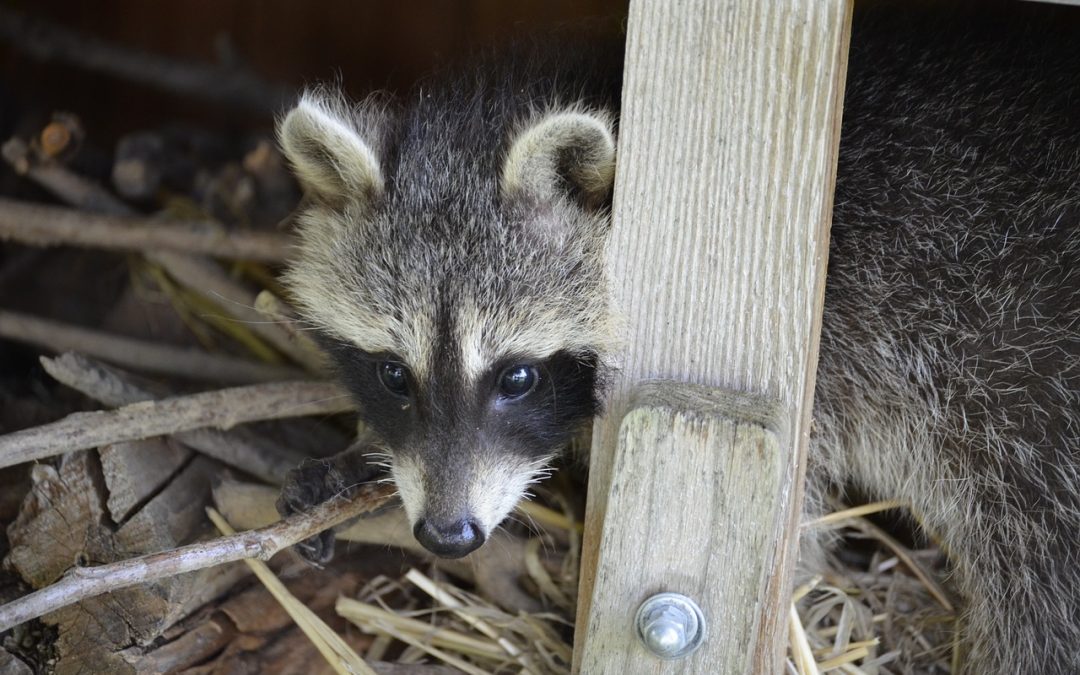
What to do if a Raccoon is Living Under a Deck
While most people love having wildlife nearby, not many homeowners want animals to take up residence in or around their homes. Mother raccoons have a propensity for adapting accessible areas to meet their nesting needs. One of their favorite places to set up housekeeping is under a deck or shed. Because there is an element of danger to family members and pets. most homeowners want any raccoons encroaching on their properties removed quickly. However, there are a few things to consider before deciding on a removal strategy.
Discuss the Issue With a Professional
Knowing What to do if a raccoon is living under a deck or shed is important for residents’ safety as well as the safety of the animal. Removal experts generally recommend specific strategies designed to get the raccoons to move on their own accord rather than trapping them. The reason is that raccoons move into areas like crawlspaces and areas under decks or porches to have a safe place for their offspring. That means trapping a mother raccoon will very likely result in the death of any babies. Animal removal professionals will generally suggest a couple of other strategies before resorting to trapping.
Make the Raccoons Uncomfortable
Rather than trapping as a solution, removal experts may suggest using some type of harassing strategy. This could make the raccoon feel like it’s in their best interests to move somewhere else on their own. A forced removal by trapping may separate the mother raccoon from her young or cause her to abandon the young kits if they are moved very far from their home territory. That’s why animal welfare experts suggest using harassment strategies as a removal technique. The favored techniques include:
- Noise. The mother raccoon wants a quiet place to birth and begin raising her kits. However, not all types of sounds make the raccoons uncomfortable or afraid. Most experts agree that music doesn’t really scare the raccoons, but human voices do. That means a radio tuned to a talk station and turned up as loud as possible for the conditions will generally lead to the mother raccoon and the kits abandoning their lair.
- Light. Since Raccoons are nocturnal, they tend to prefer darkness. That means placing a source of bright light near the den will generally encourage the raccoon family to seek shelter somewhere else.
- Smell. One of the ways to encourage the raccoons to leave is to place fabric soaked with ammonia around the entrance to the den space. However, most experts agree that smell alone may not be enough to drive the raccoons away. As a rule, it’s best to use a combination of techniques to guarantee the best results.
Consistency is Key to Keeping Raccoons Away
It’s also important to remember the raccoons may tolerate any of the strategies for a short time. That means property owners will need to be consistent and leave the light, noise, and odor sources in place for several days. Usually, three or four days will be sufficient, but there are no hard-and-fast timeframes.
According to ontariospca.ca “During the use of any deterrent method you need patience, as it will take several days for the raccoons to leave. The raccoon must find a new, suitable den site, and if there are young involved, it may take the mother a few nights to relocate them.” When trying to determine if the removal strategies have worked, it’s best to work with an expert.
If you’re unsure of What to do if a raccoon is living under a deck or shed, get in touch with a removal expert. They’ll gladly work with you to determine the best way to get rid of raccoons under deck or shed.
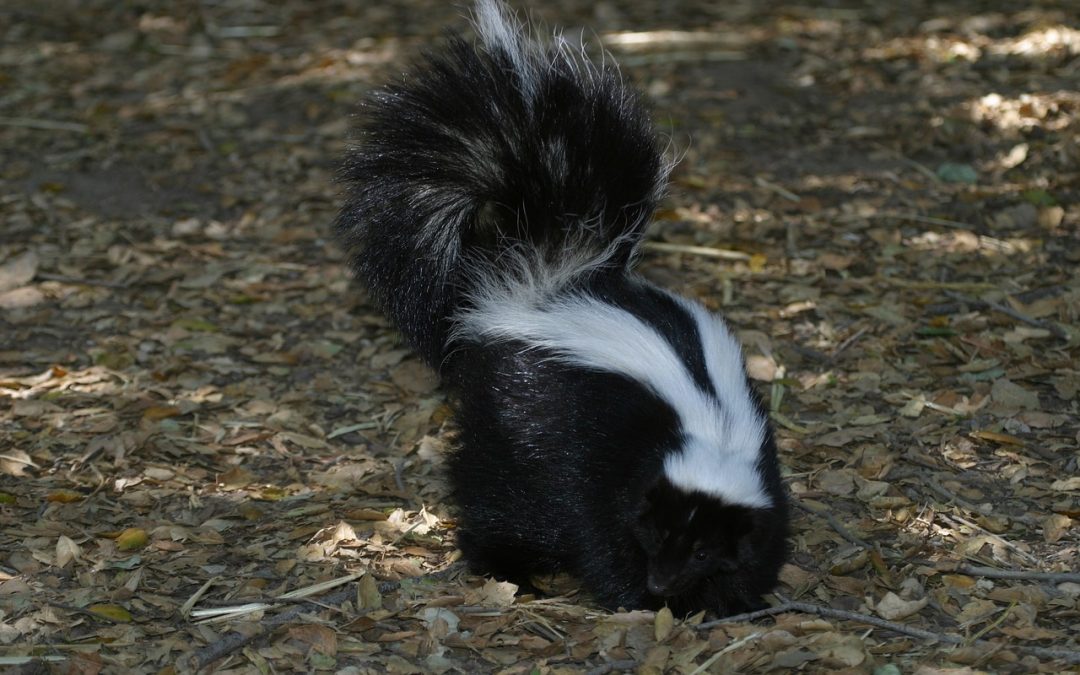
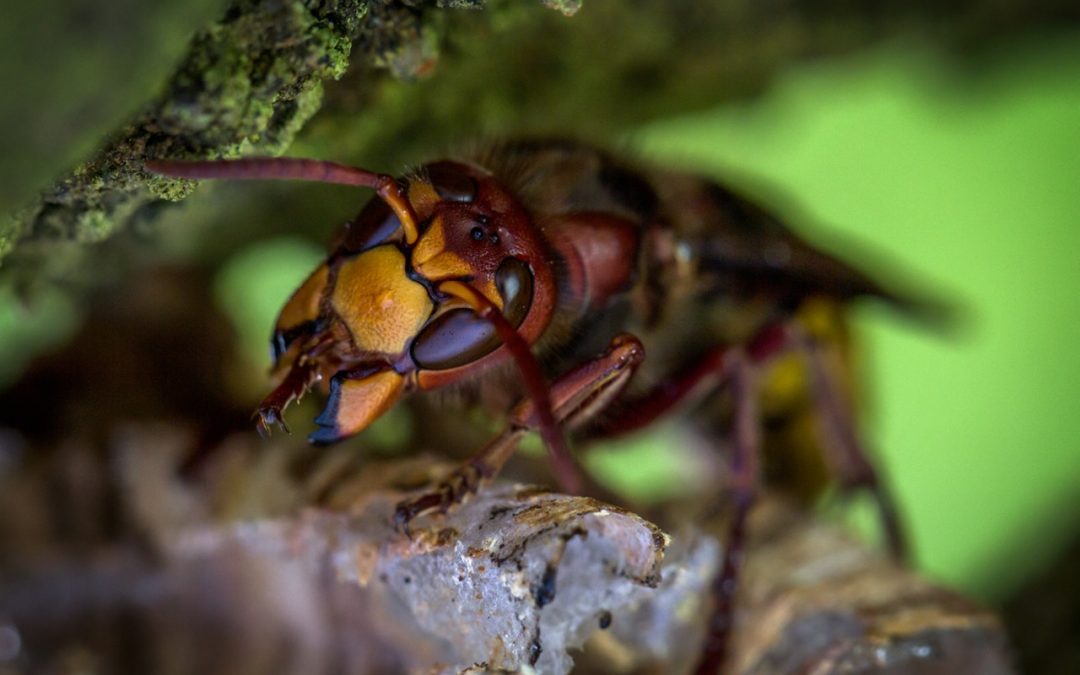
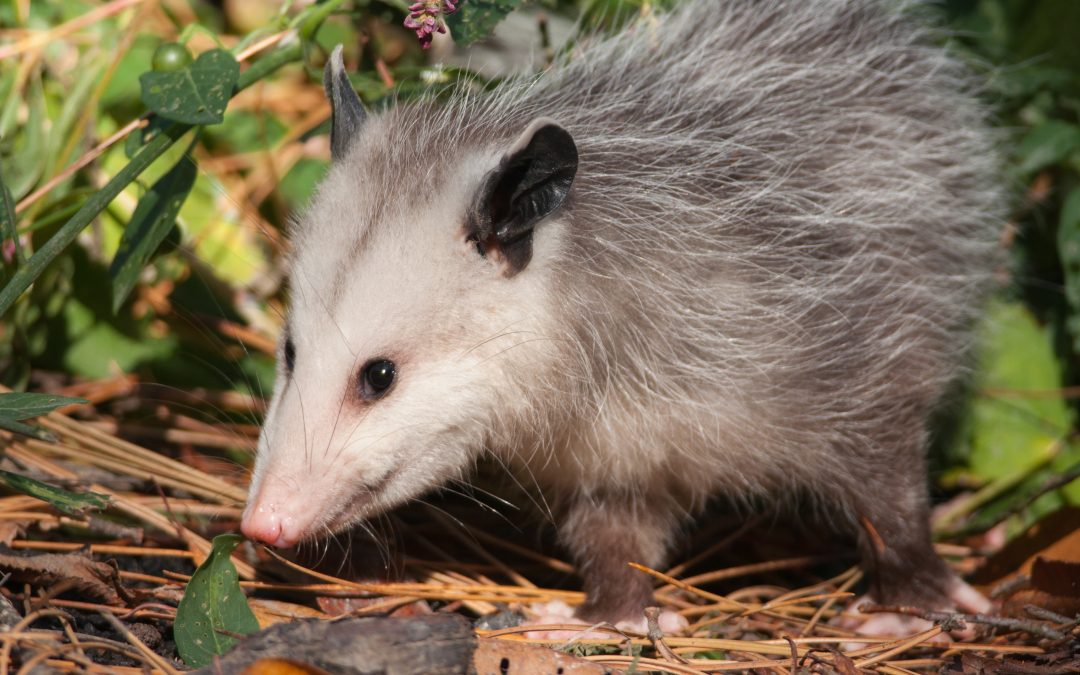
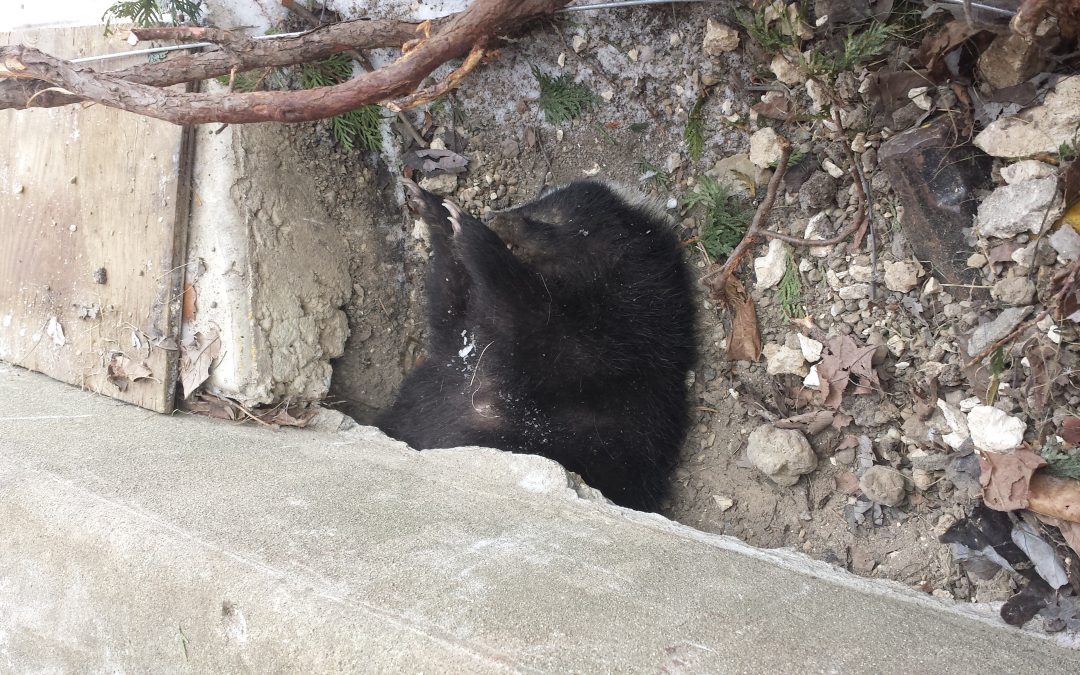
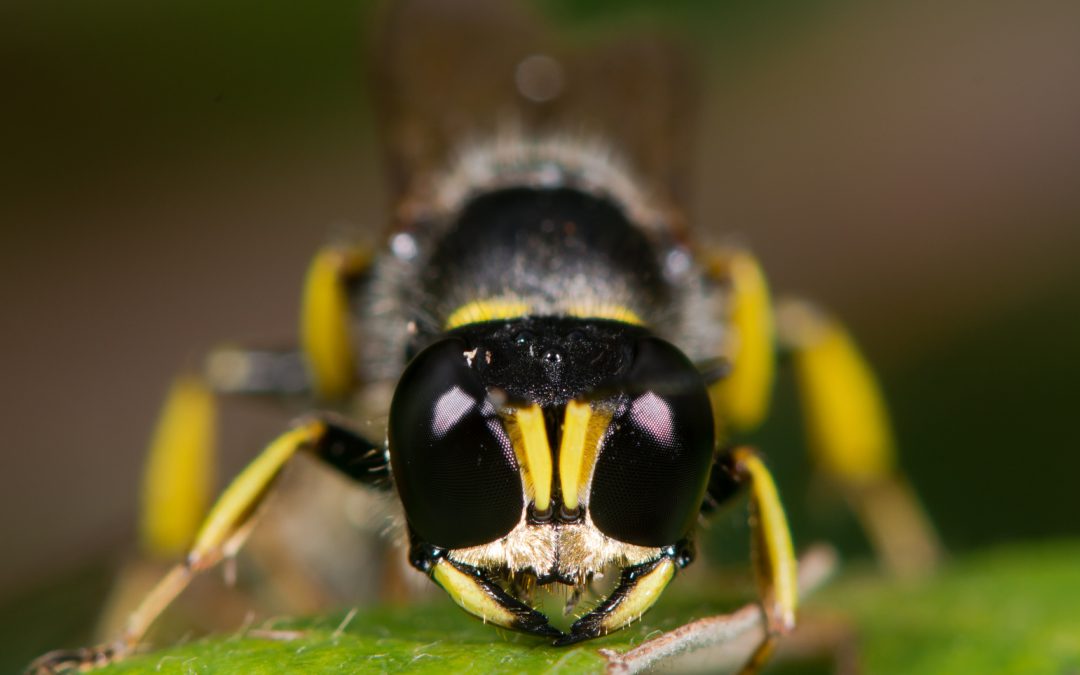
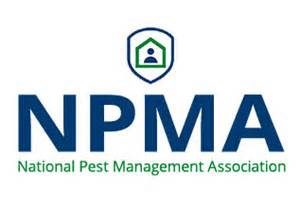

Recent Comments